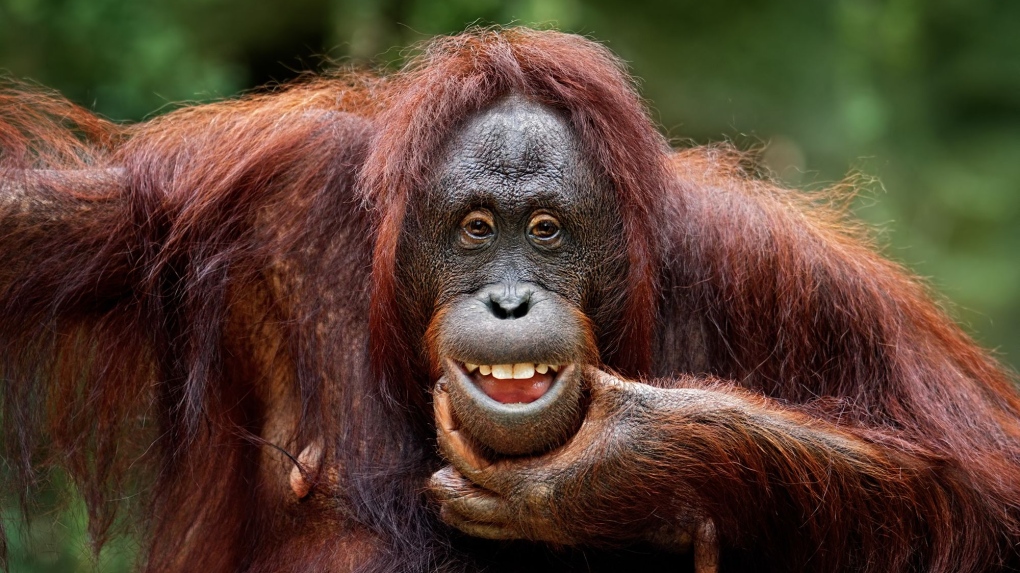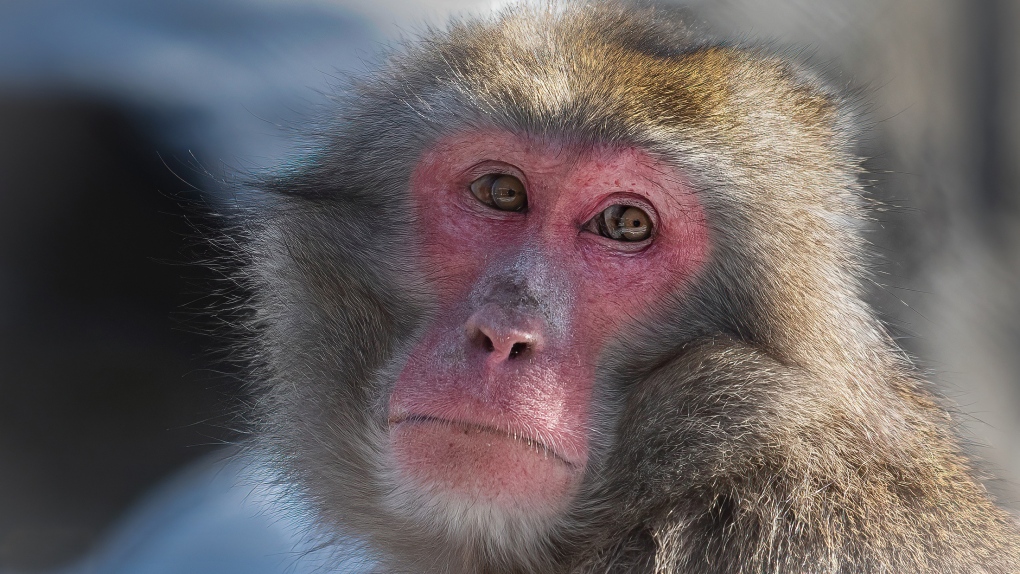Researchers have found a new way in which great apes are similar to humans: they tease each other.
A new study by an international team of scientists has documented “playful teasing” in orangutans, chimpanzees, bonobos and gorillas, according to a press release published Wednesday.
“Like joking behaviour in humans, ape teasing is provocative, persistent, and includes elements of surprise and play,” it reads. “Because all four great ape species used playful teasing, it is likely that the prerequisites for humor evolved in the human lineage at least 13 million years ago.”
The team had theorized that because human babies can tease others even before they can speak, as early as eight months old, similar behaviour could be exhibited by non-human animals.
Babies’ first attempts at teasing involve repetitive provocations that often involve an element of surprise, such as offering and withdrawing objects and disrupting other peoples’ activities.
They also act like they are going to do something they know they aren’t allowed to do, such as reaching out to touch a hot stove, study lead author Isabelle Laumer, a post-doctoral researcher at the Max Planck Institute of Animal Behavior, told CNN.
To test whether apes displayed similar behaviour, the team analyzed video footage of spontaneous social interactions between apes at zoos in Leipzig, Germany, and San Diego, U.S., paying attention to actions, body movements, facial expressions and the response of the target.
They also analyzed whether these playful, mildly harassing or provocative interactions were intended as teasing, by assessing whether there was a specific target, whether the behaviour persisted or intensified, and whether the teaser waited for the target to respond.
Researchers found that all four species of great apes demonstrated “intentionally provocative behaviour, frequently accompanied by characteristics of play,” according to the press release.
The study details 18 different teasing behaviours, many of which were used to provoke a response or attract another ape’s attention.
For example, as can be observed in the video above, a young chimpanzee repeatedly hit one of two older chimpanzees while they were grooming, waiting each time to see if there was a reaction.
Other teasing behaviours include poking, hindering movement and body slamming, Laumer told CNN.
Orangutans would also pull on each other’s hair, which Laumer suggests is because their hair tends to be longer than the other great ape species.
The authors also differentiate playful teasing, which is one-sided, from play, where both apes reciprocate.
Playful teasing tends to occur when apes are relaxed, such as when grooming, resting or foraging, and is similar to human behaviour in that it involves repetition and waiting for a response from the target, said Laumer.
“They seem to be really interested in the behavioural response of the target,” she said.
The researchers also rarely observed an aggressive reaction from the target of teasing, she added.
“It seems that because the teaser is closely watching and observing the target’s reaction, like monitoring it, maybe it’s something like ‘how far can I go until something bad happens?’” said Laumer, who explained that the teaser would eventually modify their behaviour in some way in order to prevent an aggressive reaction.
While primatologists had observed similar behaviours in the past, the study is the first to systematically study playful teasing, Laumer said.
“It’s interesting from an evolutionary perspective,” said Laumer.
Next, the researchers plan to investigate the function of teasing in apes, which in humans is used to test social boundaries and strengthen relationships, according to Laumer.
And Laumer also plans to investigate the evolution of humor by researching other primates and large-brained animals that live in complex social systems.
“If we were to find it for example in birds, say a parrot or something, then we would know: OK, this behaviour, this playful teasing, is something that can independently evolve,” said Laumer, cautioning that this is very hypothetical at this stage.
The study was published in the journal Proceedings of the Royal Society B: Biological Sciences.




